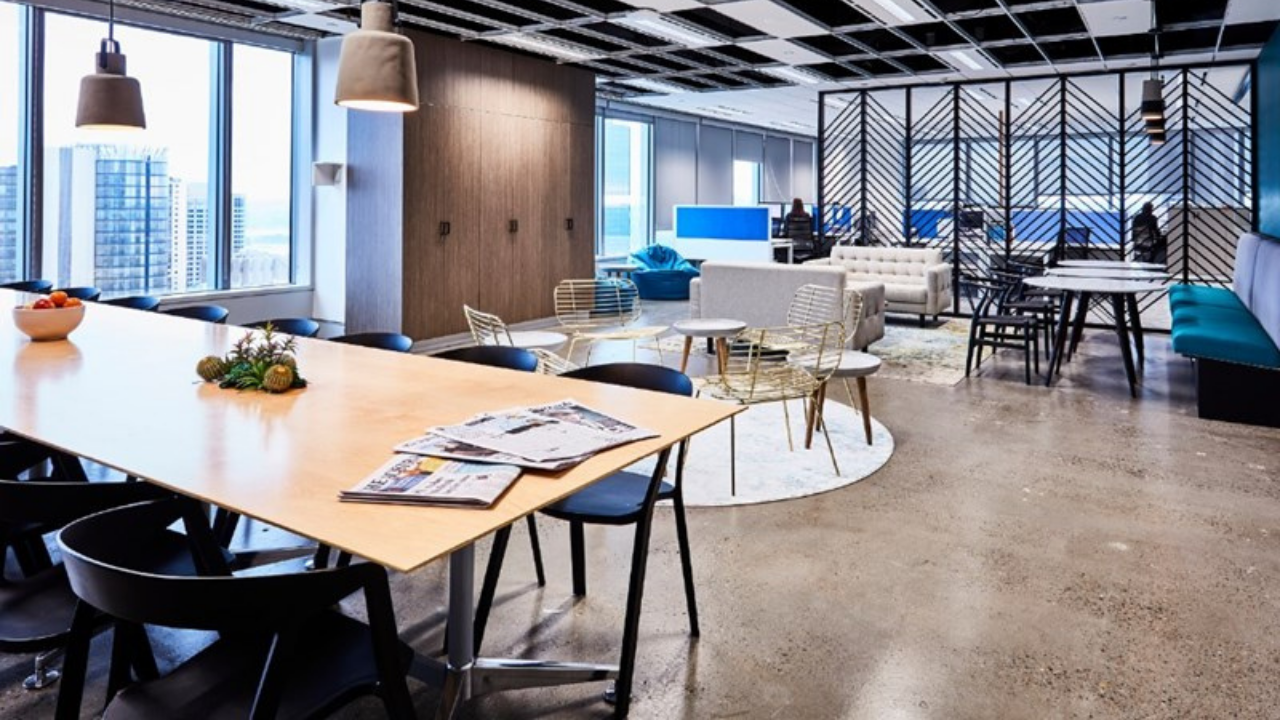- Workthere has found that the proportion of spaces that are profitable at an operating level has increased over the last 12 months from 79% to 82%.
- Asia and Europe represented the most profitable regions according to the research.
- While private offices remain the most profitable element for providers, they have seen an average drop in prices of 6% over the last year.
According to new research from Workthere, the proportion of global flexible office spaces that are profitable at an operating level* has increased over the last 12 months from 79% to 82%.
The Flexmark report, which surveyed flexible office providers across the globe to provide a benchmark of the sector, found that the number of global flexible office providers that have made a profit has grown from 79% to 82% over the last year, with providers that have recorded profits over 26% increasing to 16% of respondents.
Cal Lee, global head of Workthere, comments: “Given the challenges of the last 12 months, it is interesting to see that a portion of providers globally have increased their profitability at an operating level.
“This is particularly relevant given that our research shows that occupancy levels have decreased for both private and dedicated desks, which generally capture the larger share of revenue, from 81% to 68% and 65% to 56% respectively.
“This suggests that, despite the fact that occupancy has been reduced, operators have managed to effectively cut costs either through the negotiation of rent holidays or by moving from a lease to a management agreement, therefore removing their higher fixed costs and making their cashflow more profitable.”
Asia and Europe represented the most profitable regions according to the research. In Asia, where rent holidays are less frequent, but management agreements are more popular, 71% of spaces had profit margins of greater than 10%, while in Europe 44% of spaces were profitable above the same margins. These figures also correlate with the fact that Asia saw the lowest drop in private office occupancy over the last 12 months of just 5.5% year on year, whilst Europe saw the lowest decrease in shared space occupancy, with a decline of 1.4% over the last 12 months.
Workthere’s research confirms that private office membership fees still account for the largest share of revenue for flexible office providers at 54%, albeit this has decreased from 65% since the flexible office specialists’ inaugural report in 2020.
The research also shows a shift in revenue split, with hot desks and dedicated desks accounting for larger proportions of space, increasing from 7% to 10% and 9% to 16% respectively. This change has meant that flexible offices are more correlated with the space allocation for these types of space.
While private offices remain the most profitable element for providers, they have seen an average drop in prices of 6% over the last year, according to Workthere.
Cal Lee continues: “Driven by the pandemic, the drop in prices has, to some extent, happened in two stages. Firstly providers were forced to offer discounts to incentivise existing occupiers as they negotiated the renewal of contracts during March, April and May last year. The second stage came as enquiries began growing and was driven by providers offering heavily discounted deals in an effort to attract new occupiers and generate an income during the latter half of the year.
“In reality, the 6% decline in private desk prices at a global level is arguably lower than what we might have expected and demonstrates the reliance and perceived future growth for the sector.”
*Defined as revenue minus operating costs, divided by revenue


 Dr. Gleb Tsipursky – The Office Whisperer
Dr. Gleb Tsipursky – The Office Whisperer Nirit Cohen – WorkFutures
Nirit Cohen – WorkFutures Angela Howard – Culture Expert
Angela Howard – Culture Expert Drew Jones – Design & Innovation
Drew Jones – Design & Innovation Jonathan Price – CRE & Flex Expert
Jonathan Price – CRE & Flex Expert












